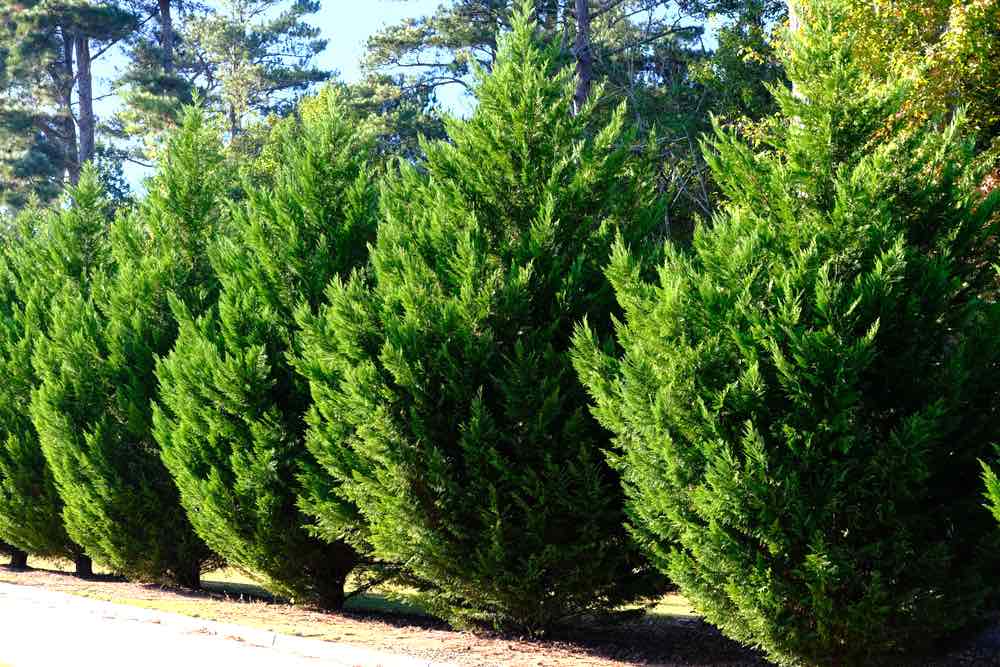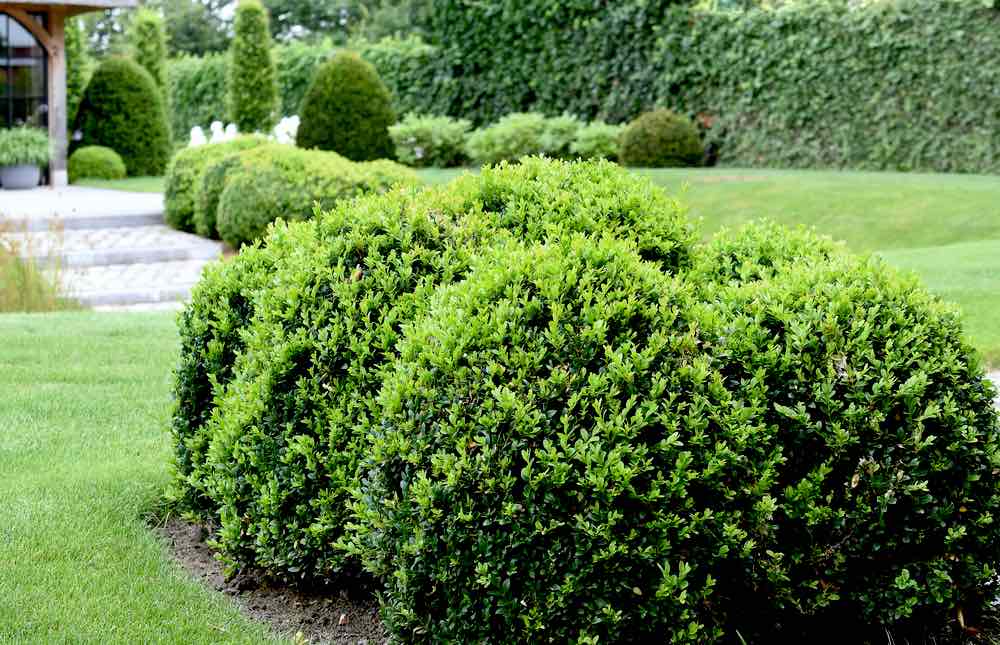There are a lot of shrubs you can use to make hedges for your yard. Some are tall and green and some can bear colorful flowers and still be very easy to manage. Check out the best hedging plants you can use to improve your garden.
RELATED: Front Yard Landscaping | 21 Amazing Ideas For Small Front Yards
Best Hedging Plants You Can Use for Your Garden
1. Leylandii

Leylandiis, also known as Leyland Cypress, are tall green shrubs that can grow three feet per year. It is one of the fastest hedging plants and is evergreen, meaning it maintains the leaves throughout the year regardless of the season. This shrub is hardy and wind tolerant and can sustain extreme weather.
Maintaining Leylandiis can be simple, making it one of the most popular to use for hedges. It can be trimmed once or twice a year and is used to block pollution from the street. It can act as a sound barrier as well.
2. Laurel Hedging
|
Laurel Hedging, commonly known as Cherry Laurel, are best grown four to six feet. It is also a fast grower and has evergreen leaves. This plant is tough and hardy and can grow on most soils.
The Laurel leaves are round and glossy and look great all year round. Maintaining Cherry Laurels is simple since it can be trimmed once a year. This is one of the cheapest options but can grow up to 18 feet if left unmanaged.
3. Thuja Emerald
|
Thuja Emeralds, also known as Smaragd, are known to be the most low-maintenance hedges out there. These trees can grow up to 18 feet and grows about one foot every year. However, if you want to keep them shorter, trimming the top once a year to your desired height is possible.
It can grow in almost any soil except waterlogged ones. The reason why Thuja Emeralds are easy to manage because it doesn’t bush out so much and can be planted near a Leylandii or Laurel shrub.
4. Photinia
|
Photinias, commonly known as Red Robins, are great plants to use for hedges. Just like its name, it bears red flowers that are especially beautiful during spring. Trimming the bright red flowers during late spring can show beautiful shoots for the entire summer season as well.
It can grow up to 15 feet and the speed of growth is two feet per year.
RELATED: Garden Design Ideas | A Practical Garden Improvement Guide
5. Buxus Sempervirens

Buxus sempervirens, also known as Boxwood, are the most common shrubs used for boxed hedges. These shade-tolerant plants can grow as much as eight inches per year and are one of the smallest growing shrubs in this list. However, it can suffer from box blights under damp conditions so maintaining this plant can be a challenge.
Yews can be an alternative for box hedges. However, if you have pets roaming around your garden, you should be careful since this type is considered to be poisonous to animals.
6. Pyracantha
Pyracantha, also known as Firethorns, are known to be great barriers for gardens. It can be used as a security wall because of the thick thorns this shrub has. This plant is great for landscaping and can look beautiful because of the white flowers and the colorful berries it produces.
Unlike Yews, Firethorn berries are not known to be poisonous to animals and even humans. It grows two feet every year and can grow up to ten feet tall.
7. Hornbeam
Hornbeams, are hedging plants used on heavy clay soils and can manage wetter soils. It produces bright green leaves and is hardy and tough.
This shrub can grow up to 75 feet tall if left untrimmed and grows one to two feet per year. Even though this plant grows fast, it can be trimmed to create a neat and formal hedge.
8. Holly
Hollies, also known as Ilex aquifolium, are evergreen and can produce red berries during winter. It has glossy and prickly green leaves that can serve as a great security for intruders.
This plant will grow in most free-draining soil and can be kept under light shade to the fullest of the sun. It can grow up to 80 feet if left untrimmed but can be easily maintained.
Watch this video from Helpful DIY to learn more about hedging plants and how to trim them:
Choosing the right hedging plants for your garden can be a daunting task because of the wide variety to choose from. However, picking the right one can help a lot when it comes to making your yard beautiful and orderly. We hope this list helped you pick the perfect shrub to complement the look of your garden.
Do you have other hedging plants in mind to use for the garden? Share it with us by leaving a comment in the section provided below.
UP NEXT:
- 13 Must-Try Backyard Landscaping Ideas For Small Spaces
- 10 Pruning Tips Every Gardening Enthusiast Should Know
- Shade Garden Plans | Smart Design Tips And Ideas For A Shaded Garden
Want to stay up to date? Follow Garden Season on Facebook, Twitter, Instagram, and Pinterest.


